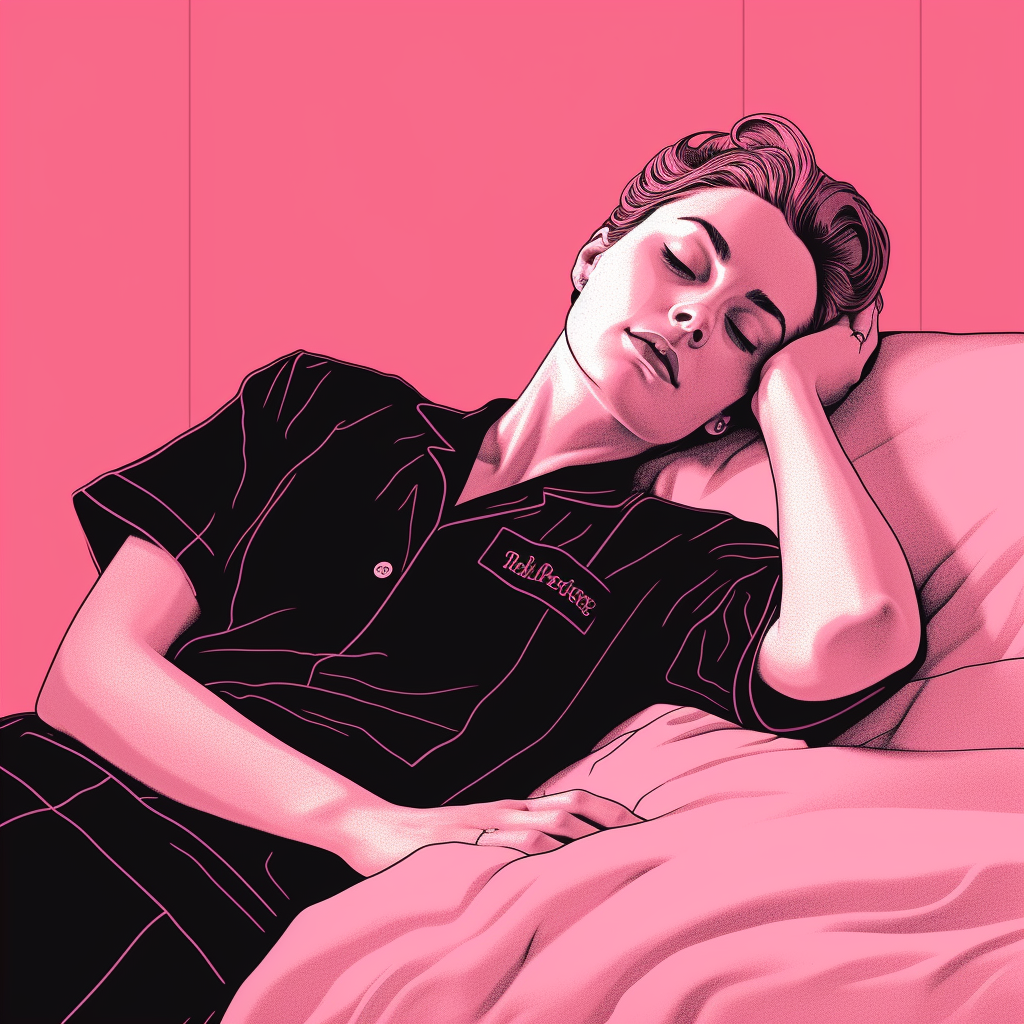One person. 20 Minutes. The seemingly unattainable goal to feel well rested.
Health & Wellness Blog
26/05/2023
Constructing the Ultimate Power Nap
One person. 20 Minutes. The seemingly unattainable goal to feel well rested.
For Support Workers, Nurses, and other healthcare staff working increasingly demanding schedules, a nap can offer a convenient and effective method to rejuvenate energy levels.
For some people it’s easy to nap, I personally have a hard time sleeping during the day, so I thought I would learn to walk the path of the Master Napper and pass this knowledge onto our dear readers!
To begin my research, I asked some people for their ultimate nap techniques. A few suggested putting on a radio show, YouTube video or podcast. Another contributed that if it’s dark and cool, they can crash. It sparked a hot debate about couch vs. bed napping. There were suggestions of jumping face first onto the bed and letting the sudden impact of comfort send you to sleep. A few people pointed out sleeping on your front, and a quick google calls this “the worst sleeping position” by most sources, but I’m no sleepologist so don’t hold me to that.
I googled sleepologist and Wikipedia immediately corrected my term to “Somnology”, so now that we know what to look for, here are some tips for creating the ultimate napping space:
Ideal Nap Duration
10 – 20 minutes. This is supposedly enough time to reap the benefits of restorative sleep, but if you nap longer, then you’ll start to enter deep sleep stages. If you’ve ever woken from a nap feeling even worse, it’s because you’ve slept too long, entered deep sleep, and strayed from the path of the master napper.
Strategic Napping
You want to do it early in the afternoon. We seem to naturally want to sleep after lunch. This could be due to a big mix of hormones, dehydration, our natural circadian rhythms, blood from your brain being redirected to your digestive system, or all of the above. You don’t want to nap too late, or your day sleep might mess with your night sleep. Somewhere between 1pm - 3pm is ideal.
Build the Perfect Environment
Go crazy with the aircon. Create a cool, dimly lit environment. Remove distractions. You can use earplugs, eye masks, ambient noise machines (or a true crime podcast) and feel yourself naturally drift off.
Set an Alarm
You have places to be! You have things to do! Maybe you don’t, I’m not one to judge. Most of all though, you don’t want to sleep for too long or you’ll feel groggy. Make sure you have a gentle alarm sound that won’t startle you. I hear those fancy smart watches the kids have these days will vibrate your wrist slowly to wake you gently and silently.
Pre-Nap Ritual
You can also do something before having a nap. Have a hot chocolate before going to sleep enough times and soon having a hot chocolate will make you drowsy. Maybe do some mid-afternoon skincare (if that’s a thing?). As long as it’s comfortable, dive right in!
Post-Nap Ritual
Don’t forget about what you do afterwards! Take some time to bring your awareness to the present. Stretch your body a little bit. Hydrate. These things will help you wake up naturally and pleasantly. Do try to avoid caffeine after a nap though, let yourself fully awaken first, though it’s also not recommended to be drinking caffeine mid-afternoon in general anyway.
Now, with the power of these lessons at your fingertips, you too can become a Master Napper.
Enjoy your day sleep,
Ben the quasi-wellness writer

26/05/2023
Constructing the Ultimate Power Nap

07/05/2024
5 Interview Tips to Land Your Dream Nursing Job
Our top five interview tips for nurses, specifically tailored to the New Zealand healthcare sector for landing your dream job.

27/10/2023
Rounded Approaches to Mental Well-being: From Impo...
In the hustle and bustle of modern life, various factors affect our mental well-being.
